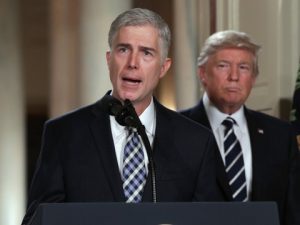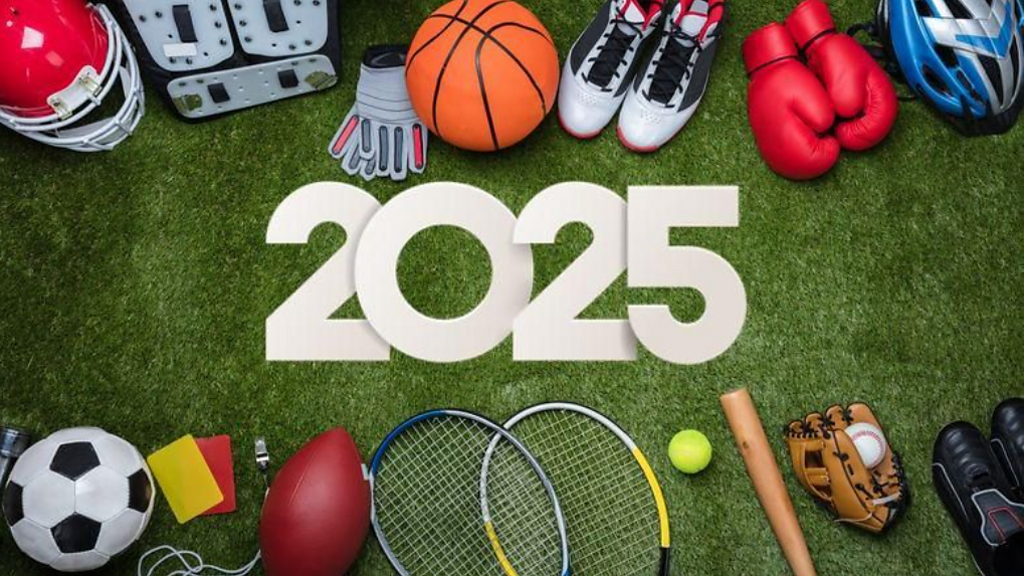(ThyBlackMan.com) The anti-labor, pro-business, blind eye toward discrimination rulings, dissents, opinions and writings of Trump’s SCOTUS nominee Neil Gorsuch have been well-documented. But here’s a brief recap. Between 2007 and 2016, in ten of 14 cases involving discrimination, he shot down all union and employee litigant arguments charging discrimination in back pay, hiring, and termination cases. In a case in 2012, involving pay and an employee termination, he made clear that the burden to prove discrimination is always on the petitioner.
He applied his “originalist” read of the law to cases involving trucker rights, safety and health, and the termination of a whistleblower. In a 2016 case involving an employee suit that charged retaliation, Gorsuch blasted the long-standing standard that permitted indirect evidence of employment discrimination. He flatly stated that the standard had “no useful role to play in First Amendment retaliation cases.” He didn’t stop there. Even more ominously, he noted that the standard may have no application in Title VII discrimination cases  “because of the confusion and complexities its application can invite.”
“because of the confusion and complexities its application can invite.”
In separate sex, race, and disability discrimination cases, Neil Gorsuch again dumped the burden to prove retaliation and discrimination squarely on the employee. The requirement to prove intentional
discrimination has always been a colossal barrier to winning discrimination cases. This is a near impossibility. Corporations and government agencies faced with racial, gender, disability, and labor equity discrimination suits routinely hide behind this defense.
For nearly a century, discrimination cases have been the most contentious, hotly-debated, and far reaching in shaping and changing law and public policy in America. They have done much to advance civil rights, economic parity, and labor protections for tens of millions of Americans. So, Gorsuch’s rulings and dissents are more than academic curiosity. They have a direct bearing on crucial upcoming cases involving discrimination currently before the high court as well as cases that will be before the court in the years to come. The court that Neil Gorsuch will sit on, if confirmed, will have its share of these cases. Here are a few of the discrimination cases that are already in the SCOTUS pipeline. Though Neil Gorsuch, if confirmed, will have no say in these cases, they are reflective of the kind of cases that he will render an opinion and cast his vote on in the future.
One will determine how much spending on educational resources school districts must do on students with disabilities. Another is a challenge to school districts on the right of transgender students to use and have school restrooms that conform to their gender identity. Another case deals with the perennial question of whether the government must grant religious schools public funding for materials for the classroom and playgrounds.
There is also a slew of patent rights, property right, eminent domain, and zoning cases that could give even greater power to corporations to call the shots in its dealing with employees, consumers and litigants. They could also even further reduce the ability of aggrieved consumers and employees to bring class action lawsuits.
There are two other crucial issues that the court has let tenuously dangle. One is voting rights. The high court in 2013 struck down Section 5 of the 1965 Voting Rights Act. It required states mostly in the Deep South and West that had long and outrageous histories of using every ploy and gimmick to disenfranchise blacks, Hispanics and Native Americans to get pre-clearance from the Justice Department before making any changes in its election laws.
But, there’s still the law’s Section 2. This forbids any “denial or abridgment of the right of any citizen of the United States to vote on account of race or membership in a language-minority group.” Suits can still be filed to stop states from voter suppression ploys. If, but more likely when, this is challenged, Gorsuch’s hard line “originalist” read of the Constitution will see this Section as an impediment to state’s rights to decide its voting laws and procedures.
The other issue is affirmative action. The laws and policies backing tightly constrained affirmative action measures on campuses and in public agencies are still in place. Conservatives have been relentless in tossing up lawsuits at every turn to obliterate anything that smacks of affirmative action. They suffered a narrow setback in 2016 when the high court upheld the University of Texas’s affirmative action program. But this will not be the end of the issue. There will be another challenge at some point. And a tip on just how Neil Gorsuch could rule came from Clarence Thomas’s one page dissent in the Texas case in which he flatly said that affirmative action is “categorically prohibited.” Neil Gorsuch has made no secret that he and Thomas are in lockstep in their “originalist” view of the Constitution.
If Senate Democrats say no to Neil Gorsuch, these horrific decisions on cases the high court will hear that would turn the clock back on civil rights labor protections and employee discrimination for decades may not come to pass. If they don’t, you can kiss any discrimination cases good-by with a Gorsuch Supreme Court.
Written By Earl Ofari Hutchinson
One can find more info about Mr. Hutchinson over at the following site; TheHutchinson ReportNews.
Also feel free to connect with him through twitter; http://twitter.com/earlhutchins
He is also an associate editor of New America Media. His forthcoming book is From King to Obama: Witness to a Turbulent History (Middle Passage Press).

















Leave a Reply